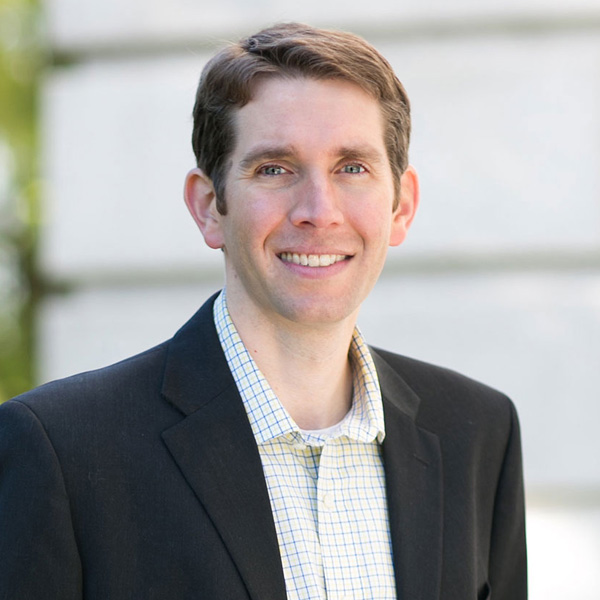At its first meeting of 2024, NERC’s Standards Committee on Jan. 17 appointed several new members to serve on its Executive Committee for the year and moved forward on several standards projects.
The EC includes by default the chair and vice chair — Todd Bennett of Associated Electric Cooperative Inc. and Troy Brumfield of American Transmission Co., respectively — and three other SC members, each representing a different industry segment from each other or the officers. Its role, as defined in the SC’s charter, is to meet between full SC meetings “when necessary … to conduct committee business,” as well as to help set the agenda for SC meetings and “provide advice and guidance to subcommittee chairs.”
To bring the EC to its full complement, committee members voted to add Patti Metro of the National Rural Electric Cooperative Association, Terri Pyle of OGE Energy and Venona Greaff of Occidental Petroleum, who served on the EC last year.
Following the EC election, committee members voted to approve revisions to four documents affecting the standards development process. These changes affected the drafting team nomination form, drafting team reference manual and reliability standard acceptance criteria. In addition, members agreed to create a new document governing “questions for [drafting teams] to use when reviewing SAR [standard authorization request] forms and reliability standards forms.”
The changes were developed at the recommendation of NERC’s Standards Process Stakeholder Engagement Group, which the ERO’s Board of Trustees appointed in 2022 to identify ways the standards process could be made to move more quickly while still being responsive to industry concerns. Updates include clarifying language and “limiting references to the American National Standards Institute,” in keeping with recent changes to NERC’s rules of procedure. (See FERC Approves NERC Standards Process Changes.)
Standards Actions Approved
Committee members went on to approve a slate of actions related to ongoing standards projects.
First the committee agreed to accept the revised SAR for Project 2023-06 (CIP-014 risk assessment refinement). NERC began the project last year after the ERO promised FERC it would examine its Critical Infrastructure Protection (CIP) standards in light of ongoing incidents of violence against grid assets. (See NERC Says Changes Coming to Physical Security Standards.) The revised SAR defines the goal of the project as modifying the risk assessment requirements within CIP-014-3 to specify “acceptable approaches to the risk assessment.”
Next, members agreed to post proposed reliability standard BAL-007-1 (page 129 in the agenda) for a 45-day formal comment and ballot period. The standard was produced by Project 2022-03 (Energy assurance with energy-constrained resources), which is intended to require registered entities to “perform energy reliability assessments to evaluate energy assurance and develop corrective action plan(s) to address identified risks.”
Finally, the committee agreed to appoint three replacement members to the team overseeing Project 2023-04 (Modifications to CIP-003). This was the first standards item in the agenda, but Bennett agreed to move it to the end because several members did not receive the email with the proposed team members before the meeting. The new members will replace several who left the project last year, including the chair.
